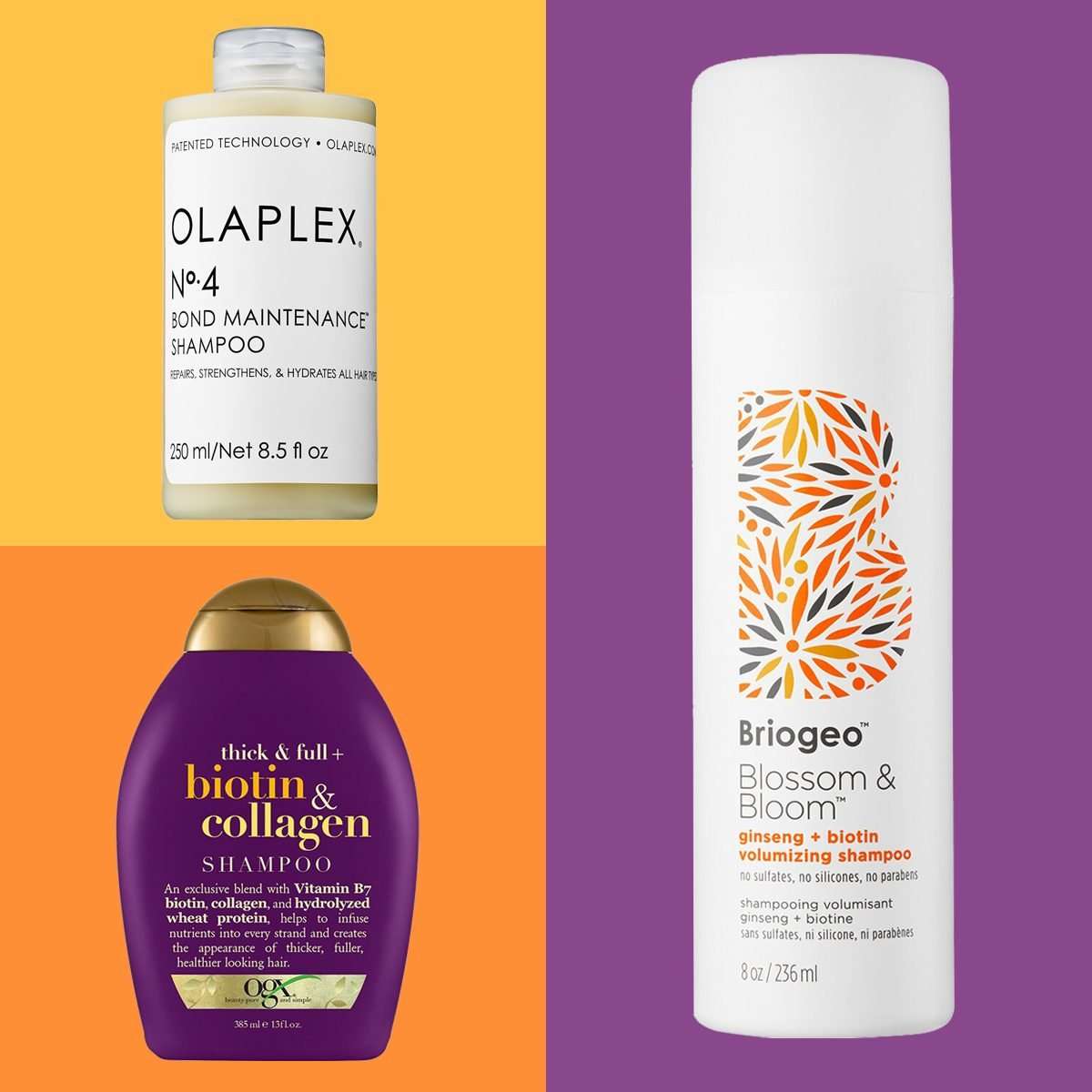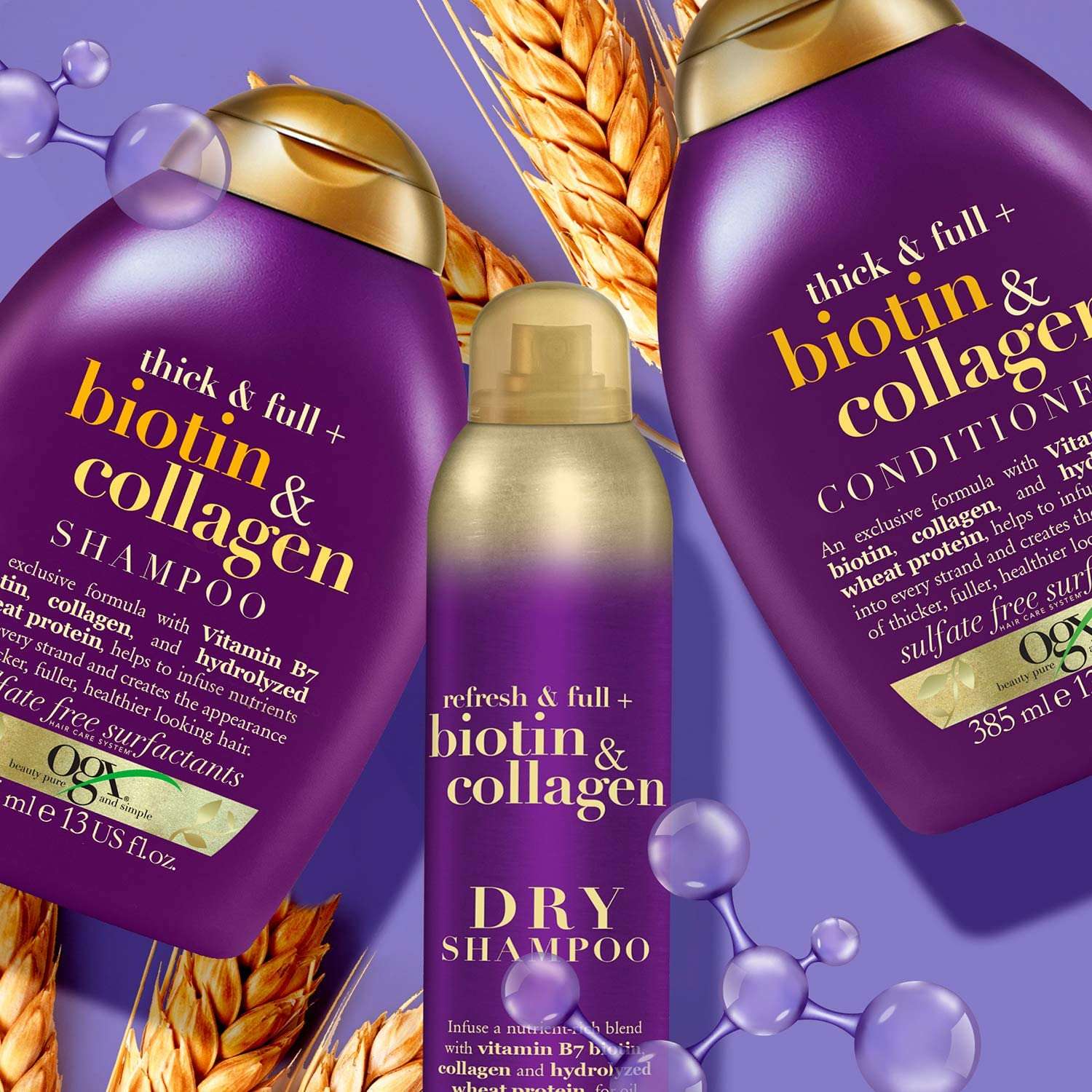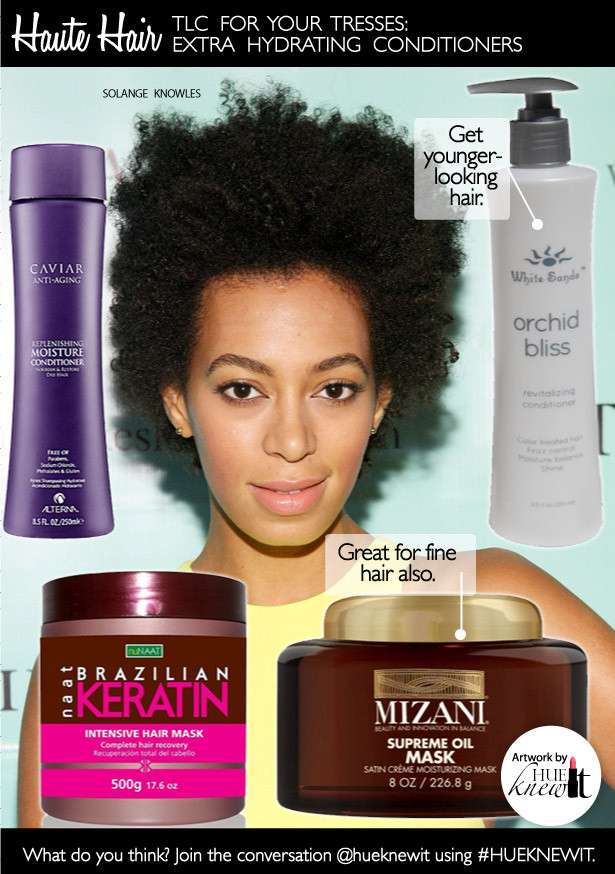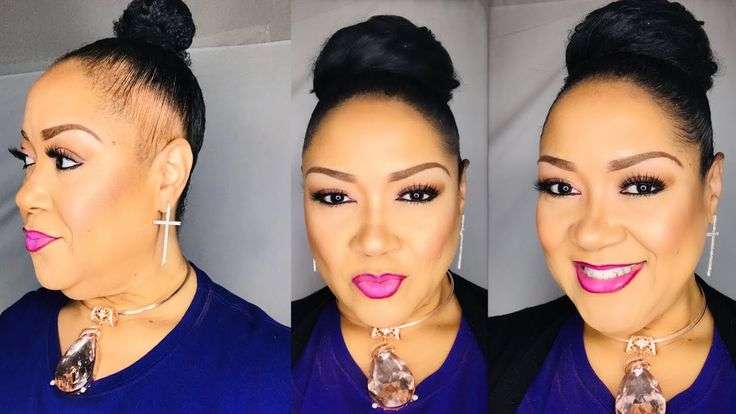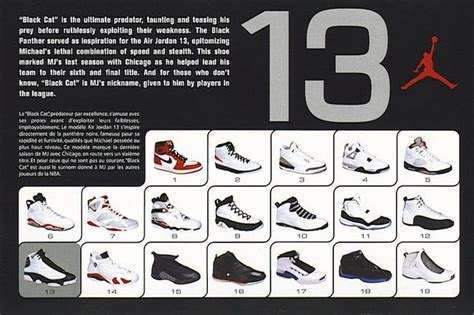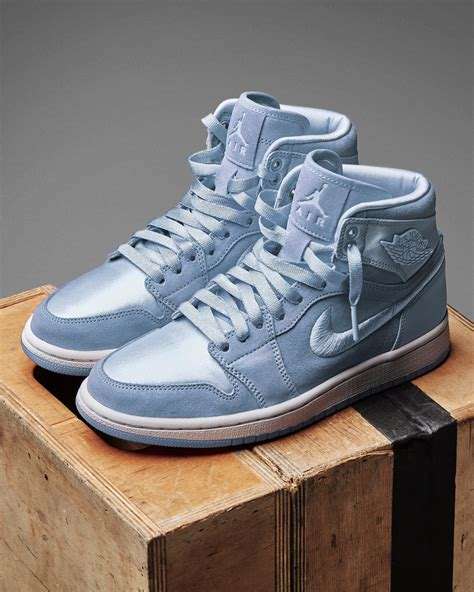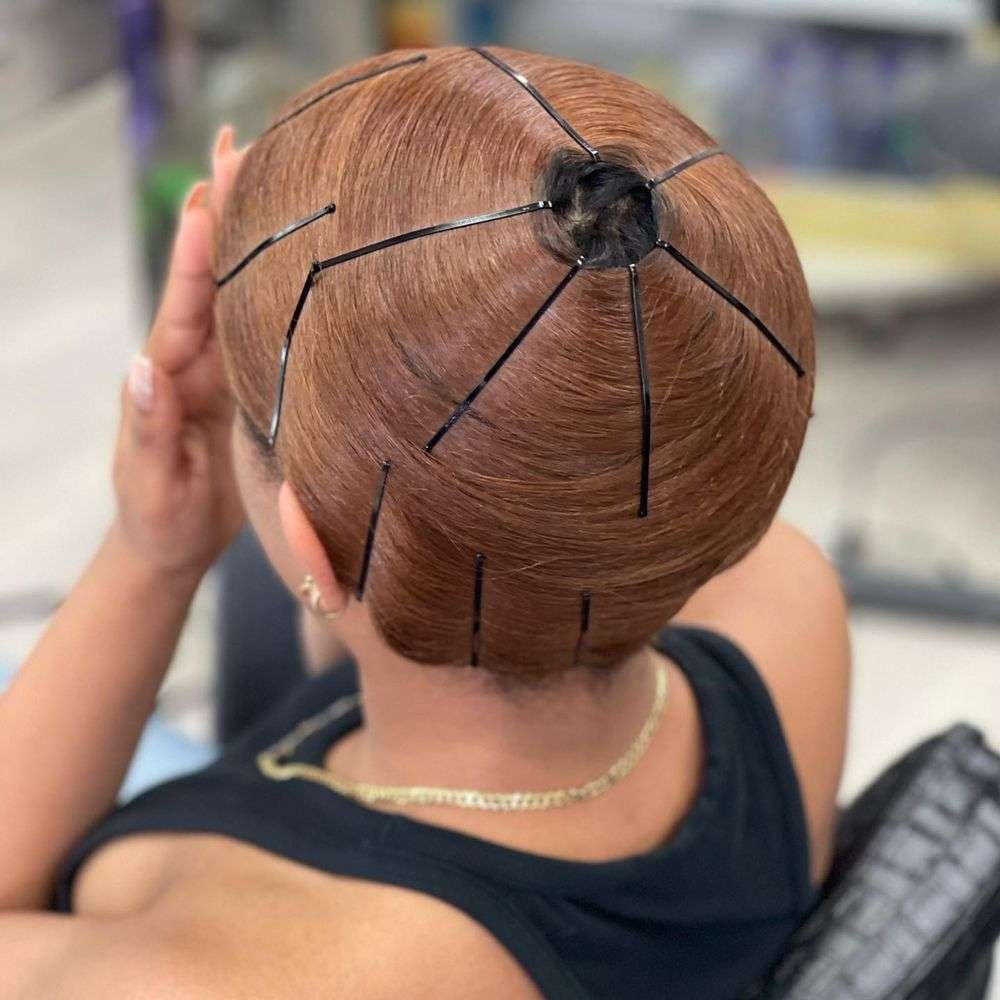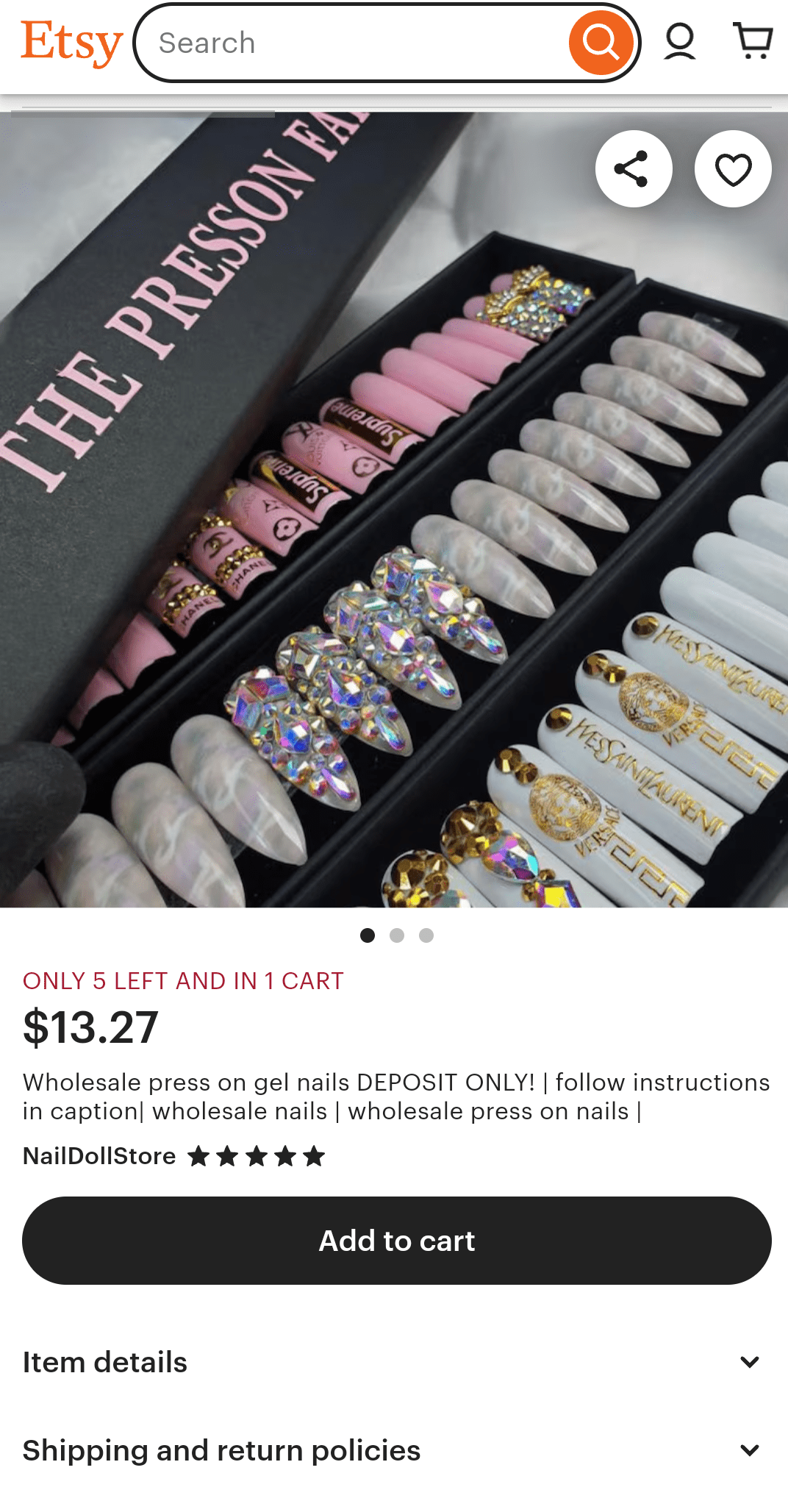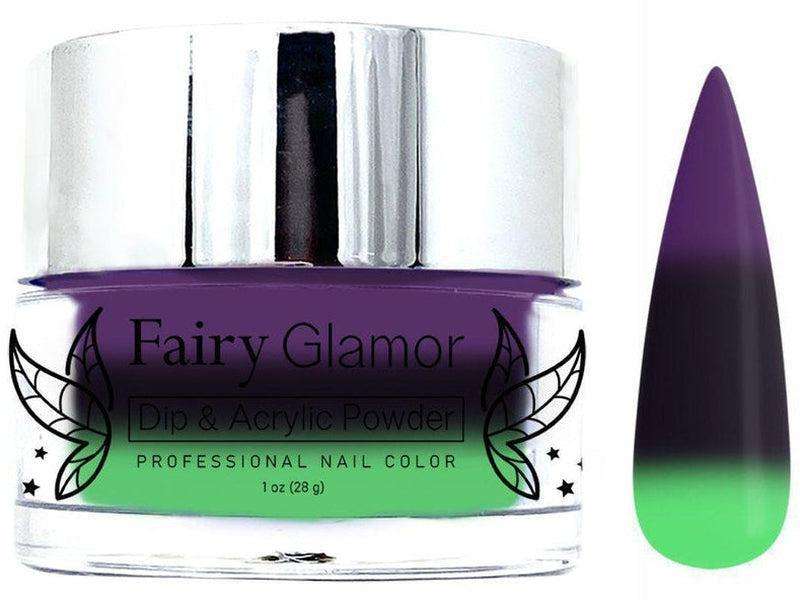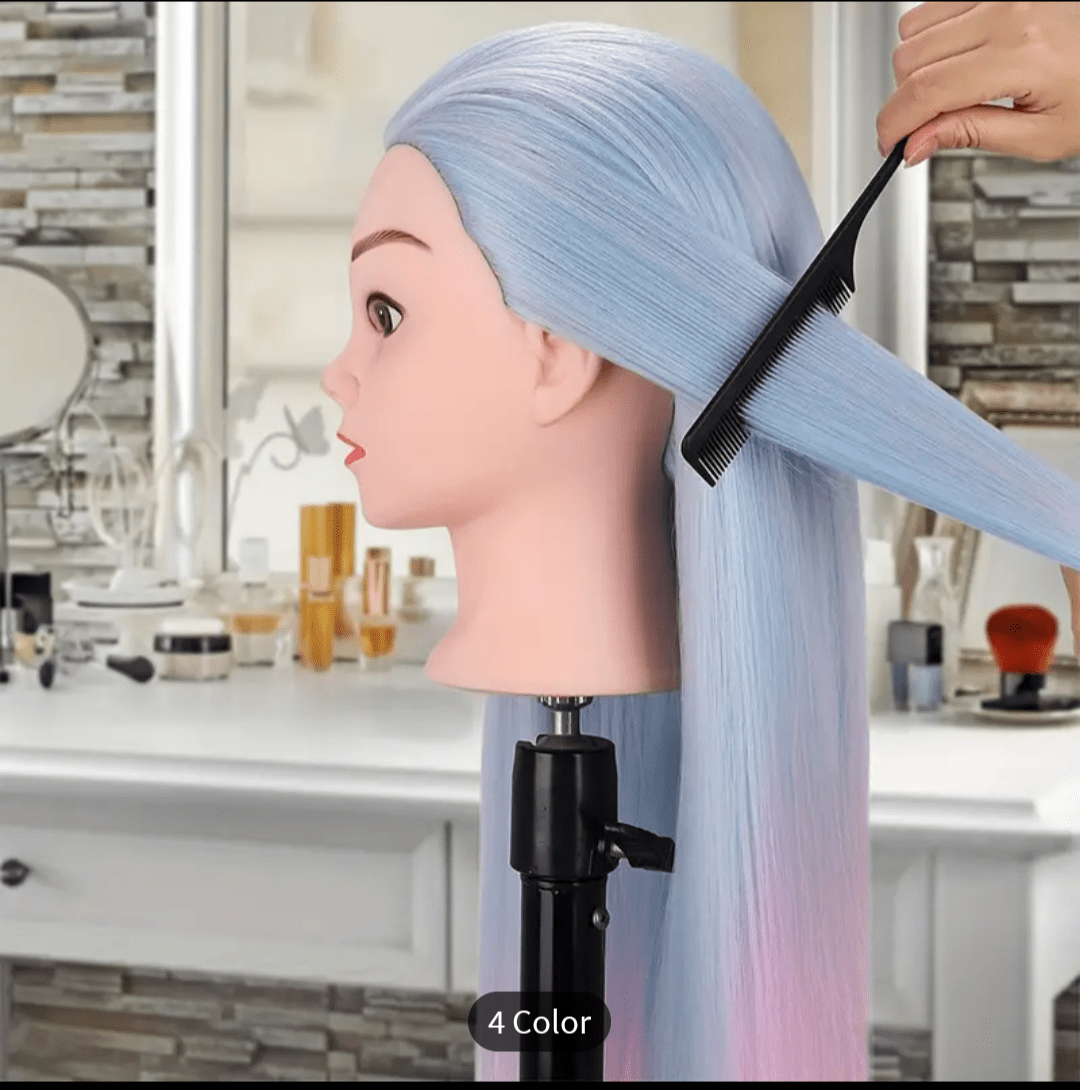Beyond Extensions: Creative Hairstyle Solutions for Adding Hair to Clients with Alopecia
As stylists, we’re passionate about creating beautiful, confidence-boosting hairstyle solutions for all our clients with hair loss and hair thinning. But when a client has alopecia, achieving these goals requires extra sensitivity and creativity. Today, we’re venturing beyond extensions to explore various methods for adding hair to styles, empowering clients with alopecia to express themselves and feel fabulous.
Understanding The Scalp Condition:
Alopecia comes in several forms of hair thinning and hair loss, each with its unique characteristics. Understanding the type and severity is crucial for choosing the most comfortable and effective approach. Let’s explore some options:
1. Scalp Micropigmentation: This innovative technique creates the illusion of hair follicles using tiny tattoo dots. It’s ideal for clients with complete or near-complete hair thinning and loss who desire a natural, low-maintenance solution.

2. Wigs and Hairpieces: Wigs offer instant versatility and coverage, allowing clients to experiment with different lengths, textures, and colors. Hairpieces can add volume or cover specific areas of thinning hair. Choosing lightweight, breathable options ensures comfort.
3. Hair Weaving and Bonding: Skilled stylists can integrate extensions seamlessly into existing thinning hair, adding length and density. However, these options require proper scalp care and maintenance to prevent damage.
4. Headscarves and Turbans: These stylish accessories are beautiful statements in their own right and offer complete coverage for thinning of hair, while allowing for scalp breathability. Explore vibrant colors and patterns to express personality.
5. Halo Wigs: These innovative wigs sit like a headband around the head, with hair attached that falls naturally. They’re comfortable, lightweight, and require minimal maintenance, making them ideal for everyday wearto cover thinning hair.
This condition can be a challenging, both physically and emotionally. While wigs can be a great option, they’re not the only way to add hair and boost confidence. This blog post explores creative methods for stylists to help clients with thinning hair to achieve their desired hairstyles, embracing their unique beauty every step of the way.
Understanding the Needs:
Before diving into techniques, it’s crucial to understand individual needs. Consider factors like:
- Types and severity of alopecia: Are we dealing with patchy hair loss, complete baldness, or something in between?
- Desired hairstyle: Does the client want a full head of hair, subtle volume, or creative artistic expression?
- Scalp sensitivity: Are there any allergies or sensitivities to products or techniques?

Creative Solutions:
Now, let’s get creative! Here are some methods to add hair and texture to your clients’ styles:
- Hair extensions: Micro-welds, tape-in extensions, or clip-ins can add instant volume and length. Choose extensions that match the client’s natural hair texture and color for a seamless look.
- Hair systems: These custom-made pieces are attached to the scalp using adhesive or integration techniques. They offer a more permanent solution to thinning hair for full head coverage and can be styled like natural hair.
- Toppers and hairpieces: These smaller pieces cover specific areas of hair loss, like the crown or hairline. They’re a great option for clients who want to add volume or conceal patches.
- Hair fibers: These tiny keratin fibers cling to existing hair strands, creating the illusion of thickness and fullness. They’re a quick and easy way to add volume to thinning areas.
- Headscarves and turbans: These stylish accessories can be a beautiful way to embrace thinning hair while adding color and personality to any outfit.
- Hair painting and temporary tattoos: For a more artistic approach, consider scalp micropigmentation or temporary hair tattoos to create the illusion of hair follicles or even intricate designs.

Additional Tips:
- Scalp care: Gentle scalp cleansing and moisturizing are crucial for alopecia clients. Recommend products specifically formulated for sensitive scalps.
- Wig styling: If your client chooses a wig, offer styling tips and tricks to ensure a natural and comfortable fit.
- Open communication: Maintain open communication with your client, understanding their preferences and concerns throughout the process.
- Confidence boost: Remember, your role is not just to add hair, but to empower your client and celebrate their unique beauty.
Embrace the Journey:
Adding hair to a client with thinning hair is more than just a technical skill; it’s about empathy, creativity, and building trust. By understanding their needs and offering a variety of options, you can help them achieve their desired look and feel confident and beautiful inside and out.
Let’s continue the conversation! Share your experiences and creative solutions for adding hair to clients with thinning hair in the comments below. Together, we can build a community of support and celebrate the beauty of every head.
P.S. Stay tuned for future posts where we’ll delve deeper into specific thinning hair conditions, explore product recommendations, and share inspiring stories of individuals living with alopecia.
I hope this blog post inspires stylists to explore creative solutions for their alopecia clients and empowers individuals to embrace their unique beauty. Remember to personalize the content with your own experiences, brand voice, and additional resources for alopecia support.
Beyond the Added Hair:
Remember, adding hair is just one aspect of empowering clients with alopecia. Here are some additional tips for creating a positive and supportive experience:
- Listen actively and validate their feelings. Thinning hair can be emotionally challenging, so offer a safe space for open communication and empathy.
- Educate yourself about different types of alopecia. Having knowledge will help you answer questions and guide clients towards solutions that suit their needs.
- Prioritize scalp health. Use gentle hair care products and techniques to avoid irritation and promote healthy hair growth where possible.
- Celebrate individuality. Embrace your client’s unique style and encourage them to experiment with different hair-adding options to find what makes them feel confident and beautiful.
Let’s remember, hair is just one aspect of beauty. By employing a variety of methods and offering a supportive environment, stylists can play a vital role in helping clients with alopecia feel empowered, seen, and celebrated for their true selves.
Share your experiences and creative solutions for clients with thinning hair in the comments below! Let’s keep the conversation going and build a community of support and inclusivity in the beauty industry.Together, we can show that style knows no boundaries, and confidence can bloom even in the most unexpected places.
I hope this blog post inspires stylists to approach thinning hair, and loss with sensitivity and creativity, empowering clients with alopecia to embrace their beauty and celebrate their individuality. Remember to adapt the tone and language to your brand voice and audience, and feel free to add personal anecdotes or examples to make the content even more engaging.

